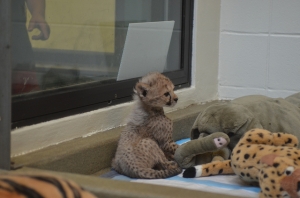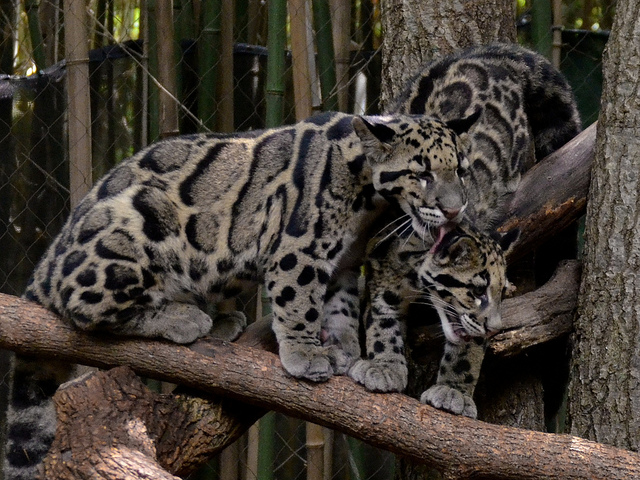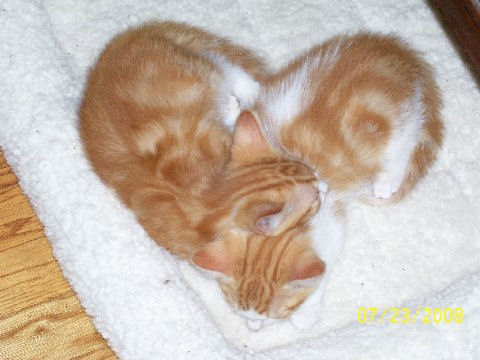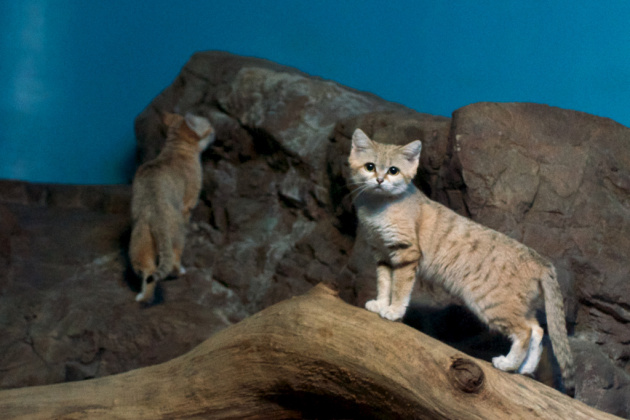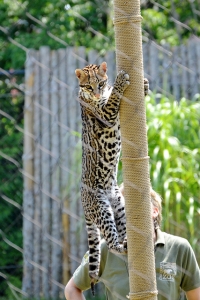 Upon researching captive wild cat conservation further afield in Europe, Asia and Australia, I found that there are several organizations throughout the world with “ex situ” conservation programs and they all seem to have an acronym. It occurred to me that all of these acronyms would make a great crossword puzzle. Given more time and talent I may have attempted to present my findings in such a format but alas, the clock is ticking so I will resort to a brief description of a few of these programs. At the very least we should have a short quiz at the end of all this.
Upon researching captive wild cat conservation further afield in Europe, Asia and Australia, I found that there are several organizations throughout the world with “ex situ” conservation programs and they all seem to have an acronym. It occurred to me that all of these acronyms would make a great crossword puzzle. Given more time and talent I may have attempted to present my findings in such a format but alas, the clock is ticking so I will resort to a brief description of a few of these programs. At the very least we should have a short quiz at the end of all this.
There are several regional Zoo and Aquarium organizations throughout the world and most of these have conservation and breeding programs similar to those of North America’s Association of Zoos and Aquariums (AZA). The European Association of Zoos and Aquaria (EAZA) also has Taxon Advisory Groups (TAGs) and develops Regional Collection Plans which identify which species need to be managed in European Endangered Species Programs (EEPs). The Australasia Species Management Program (ASMP) is managed by the Zoo and Aquarium Association (ZAA). The Japanese Association of Zoos and Aquariums (JAZA) has a Species Survival Committee (SSCJ).
In addition to these regional organizations, the World Association of Zoos and Aquariums (WAZA) has a global conservation program which includes 4 Global Species Management Programs (GSMPs). The concept of GSMPs have been slow to gain momentum due to several challenges such as lack of communication, issues with transport of animals and a lack of resources. One of the four programs and the longest running is the Sumatran Tiger GSMP which was established in 2008. WAZA was founded in 1935 and was originally called the International Union of Directors of Zoological Gardens (IUDZG) until being renamed in 2000. In 1948 the IUDZG was a founding member of the International Union for Conservation of Nature (IUCN).
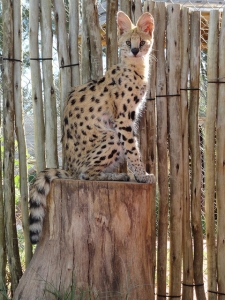 The IUCN is an environmental organization that helps the world find pragmatic solutions to our most pressing environment and development challenges. The IUCN manages a complex Global Species Programme which includes the Conservation Breeding Specialist Group (CBSG); a global network of conservation professionals working both inside and outside a species natural range. The IUCN is also responsible for the production of the IUCN Red List. The IUCN Red List is a comprehensive information source on the status of wild species and their links to livelihoods. The overall aim of the Red List is to convey the urgency and scale of conservation problems to the public and policy makers, and to motivate the global community to work together to reduce species extinctions.The IUCN Red List assesses the extinction risk of species. The IUCN also has a Species Survival Commission (SSC). Working in close association with IUCN’s Global Species Programme, SSC’s major role is to provide information to IUCN on biodiversity conservation, the inherent value of species, their role in ecosystem health and functioning, the provision of ecosystem services, and their support to human livelihoods. This information is fed into The IUCN Red List of Threatened Species.
The IUCN is an environmental organization that helps the world find pragmatic solutions to our most pressing environment and development challenges. The IUCN manages a complex Global Species Programme which includes the Conservation Breeding Specialist Group (CBSG); a global network of conservation professionals working both inside and outside a species natural range. The IUCN is also responsible for the production of the IUCN Red List. The IUCN Red List is a comprehensive information source on the status of wild species and their links to livelihoods. The overall aim of the Red List is to convey the urgency and scale of conservation problems to the public and policy makers, and to motivate the global community to work together to reduce species extinctions.The IUCN Red List assesses the extinction risk of species. The IUCN also has a Species Survival Commission (SSC). Working in close association with IUCN’s Global Species Programme, SSC’s major role is to provide information to IUCN on biodiversity conservation, the inherent value of species, their role in ecosystem health and functioning, the provision of ecosystem services, and their support to human livelihoods. This information is fed into The IUCN Red List of Threatened Species.
So, there you have it in a nutshell (STYHIIAN). Now if only all of these dedicated people spoke the same language, worked in the same time zone and had infinite resources we could start solving the world’s conservation issues, starting with one small cat at at time!
